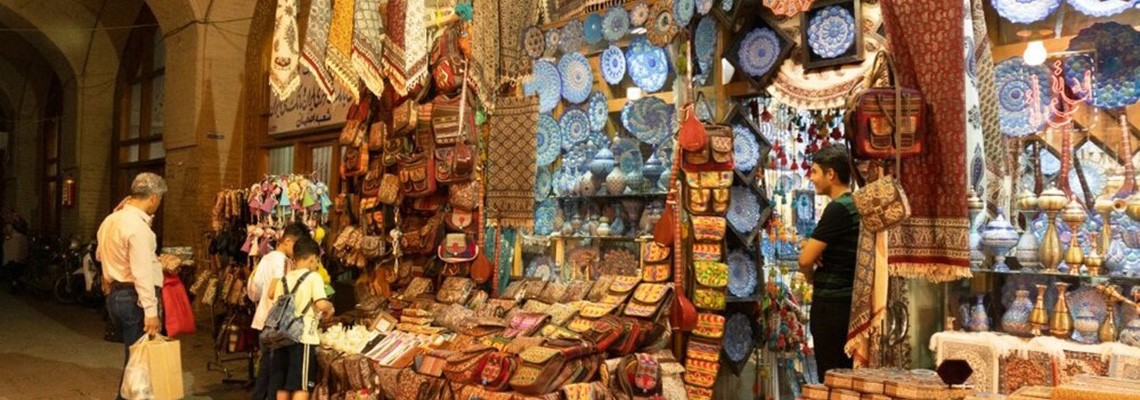
What are handicrafts?
Handicrafts refers to a set of arts and crafts that are mainly made using local raw materials with the help of hand and hand tools, in each unit of which the artistic taste and intellectual creativity of the craftsman is manifested and This factor is the main difference between such products and similar machine and factory products.
Handicrafts express the art, taste and culture of a nation and have a lot to do with the history of traditions, geographical environment and consumer needs of the people.
Handicrafts have been one of the first signs of the creation of industry and the art of manufacturing in humans, initially to meet daily needs. Today it is known as one of the largest markets and arenas of competition.
Handicrafts in the global definition is actually a combination of industry and art. Handicrafts allow humanity to achieve the economics of industry and the beauty of art at the same time.
The raw materials for the production of handicrafts are usually raw and taken from nature. For this reason, the production works of each city and country show the nature around it. On the other hand, these works have a cultural and historical burden. Usually, the images and motifs that are engraved on them originate from the culture and history of each region.
Iran has been one of the largest and most famous exporters of handicrafts from the past centuries until today. In fact, Iran, with its ancient and prolific civilization, is one of the founders of cultural and historical civilization among all countries of the world. This manifestation of Iranian civilization can be found in the art left by the ancestors of Iranians in historical works.
Of course, handicrafts, regardless of economic dimensions and material benefits, are the mirror of the whole taste and culture of Iranians, and by combining art, culture and industry, and the efforts and will of Iranian artists, objects are produced that make the mind of any viewer anywhere in the world It inadvertently reminds us of Iranian culture.
In fact, seeing handicrafts and applied arts can be one of the most fascinating ways to get to know relatives; Because these works are created from the depths of culture and beliefs. The creative artist begins to create his work with an ethnic and national spirit and with a love for his cultural context, rather than with the available raw materials, colors and decorations; Demonstrate the effects of the beliefs of his homeland
Features of handicrafts
One of the characteristics of handicrafts is that this industry is the result of the spirit of nations and the national culture of countries, which can be easily understood by referring to the handicrafts statistics of the countries, so handicrafts are not just a commodity for exchange but characteristics The culture and characteristics of the tribes are exchanged through handicrafts and create a kind of connection
Given the above definition and other definitions provided for handicrafts, we now need to know what features a product should have that we can call handicrafts.
Not every work or industry can easily be considered a handicraft. In order for a product to be considered as a handicraft, it must have characteristics, such as the cultural role and identity of a nation (having a cultural burden), the ability to create and develop in different areas (city, village and Nomadic communities), noted the ease of creating production centers, self-sufficient and dependent on domestic raw materials.
Another feature of handicrafts is that the number of works produced by masters and their students is limited. Usually each work is unique and does not have a complete resemblance to another
Iranian handicrafts, which are produced in various cities such as Isfahan, Shiraz, Kurdistan and, represent the cultural heritage of a nation. All religious beliefs, ethnic beliefs and. Can be seen in these industries and you can observe initiative and creativity in them. Iranian masters and artists who produce different industries have passed the secret of production of each industry from generation to generation.
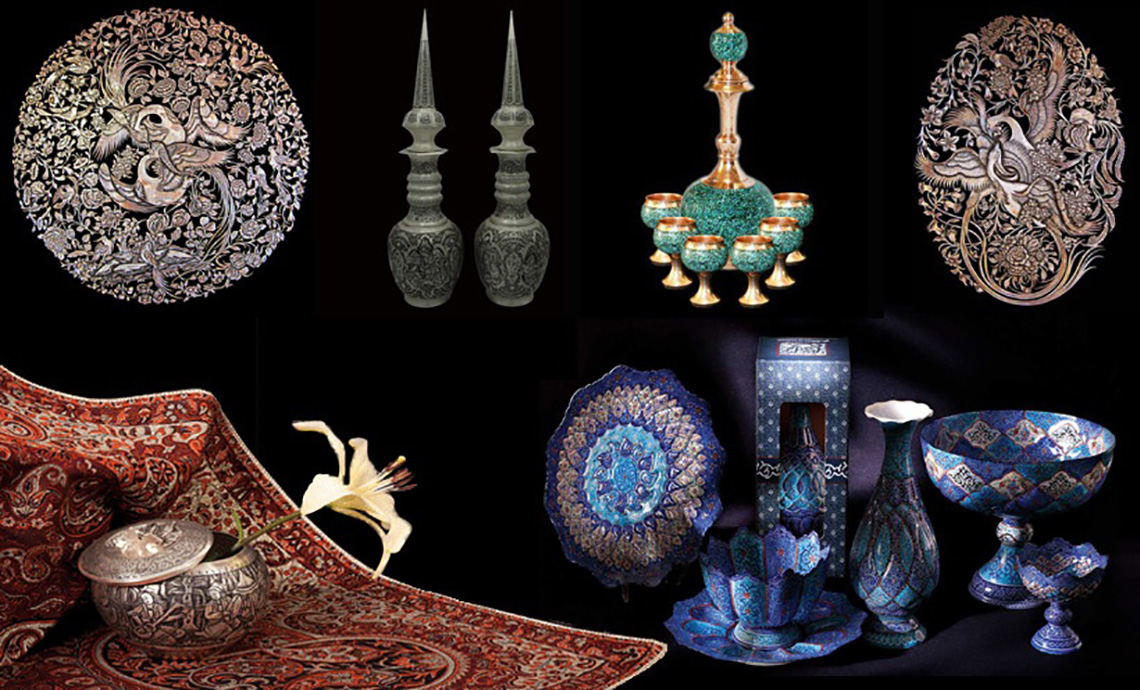
The best Iranian handicrafts in the world
Due to its ancient history, Iran has a long history in the production of handicrafts. On the other hand, having different climates has caused the handicrafts of this country to have a high diversity.
More than 600 types of handicrafts from different countries are registered in UNESCO (United Nations Educational, Scientific and Cultural Organization). Among these, 450 handicrafts belong to Iran. Of these, 287 types of Iranian handicrafts are produced in Isfahan province. For this reason, in December 2015, the city of Isfahan was selected by UNESCO as a creative international city in the field of handicrafts and traditional arts.
Among the top handicrafts of Iran that have been considered internationally, the following can be mentioned.
- cashmere
- copper products
- enamel
- inlaying and wood carving
- turquoise inlaying

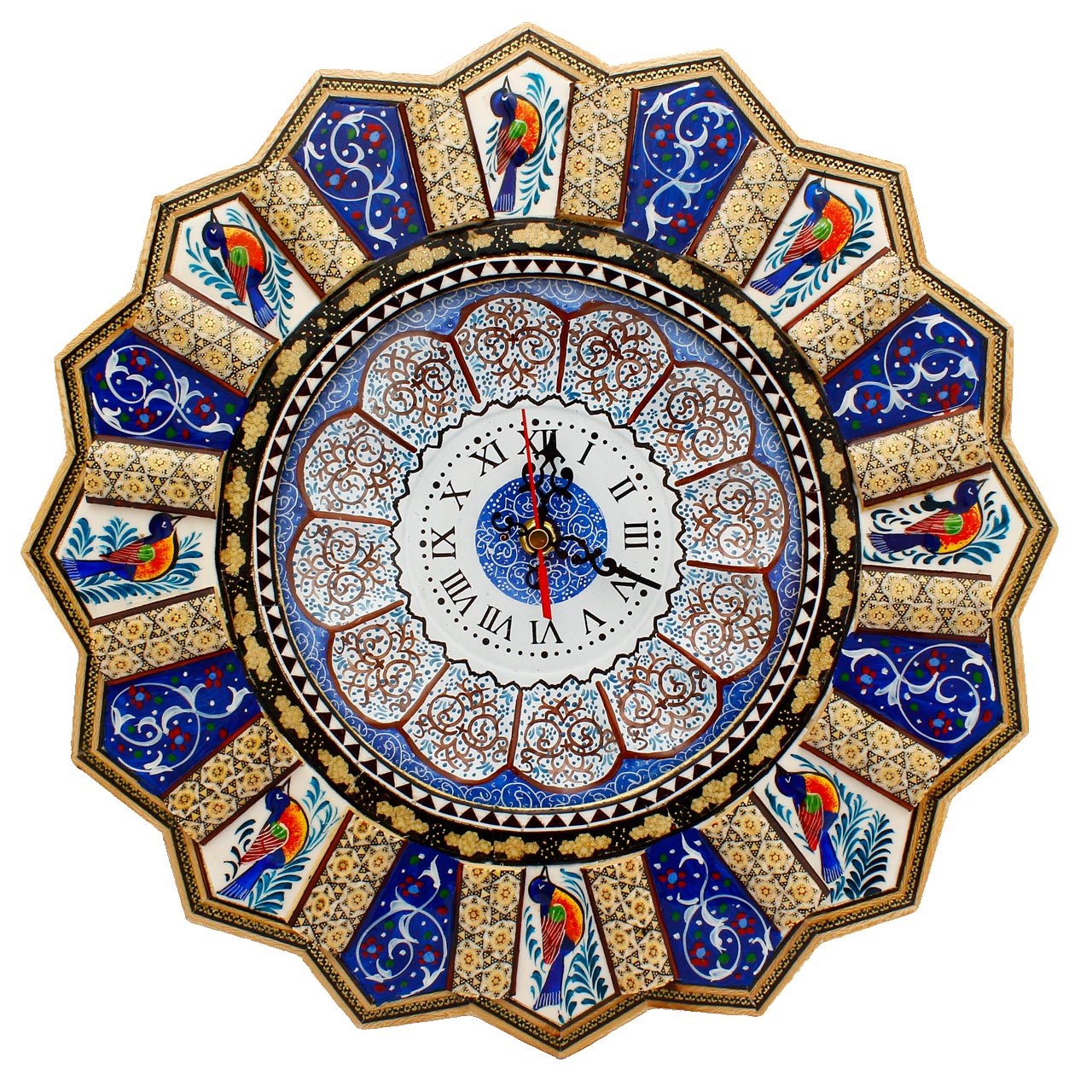
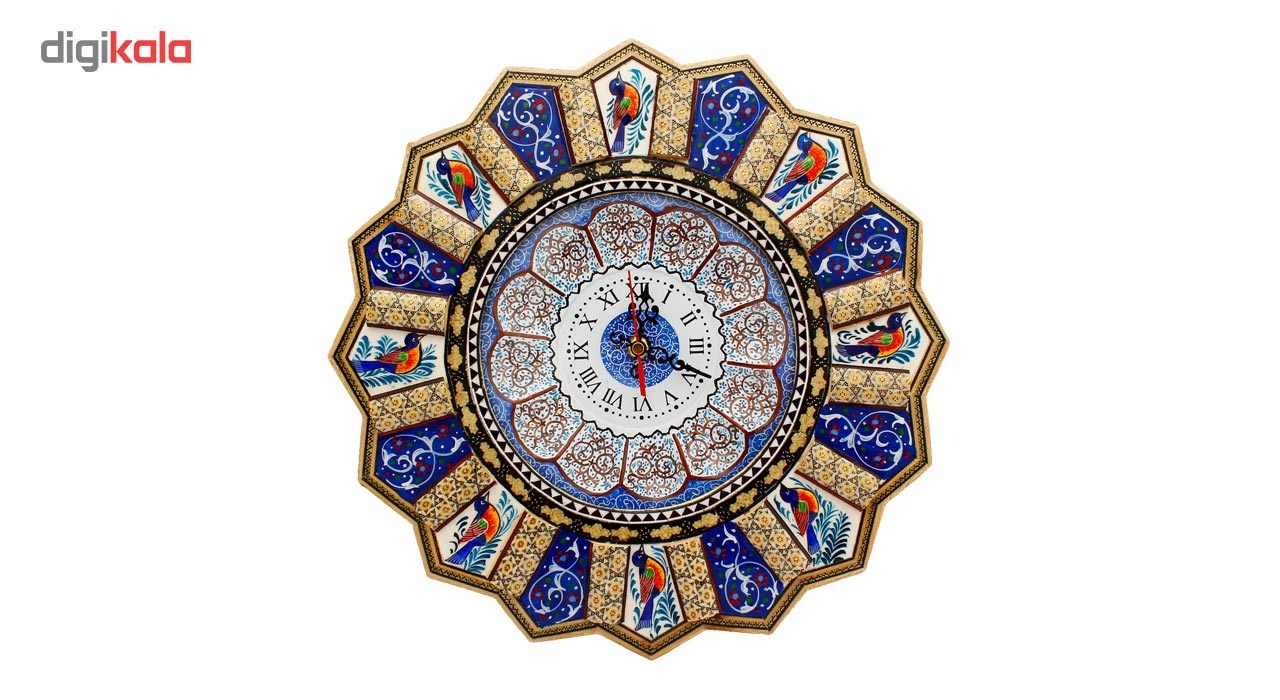

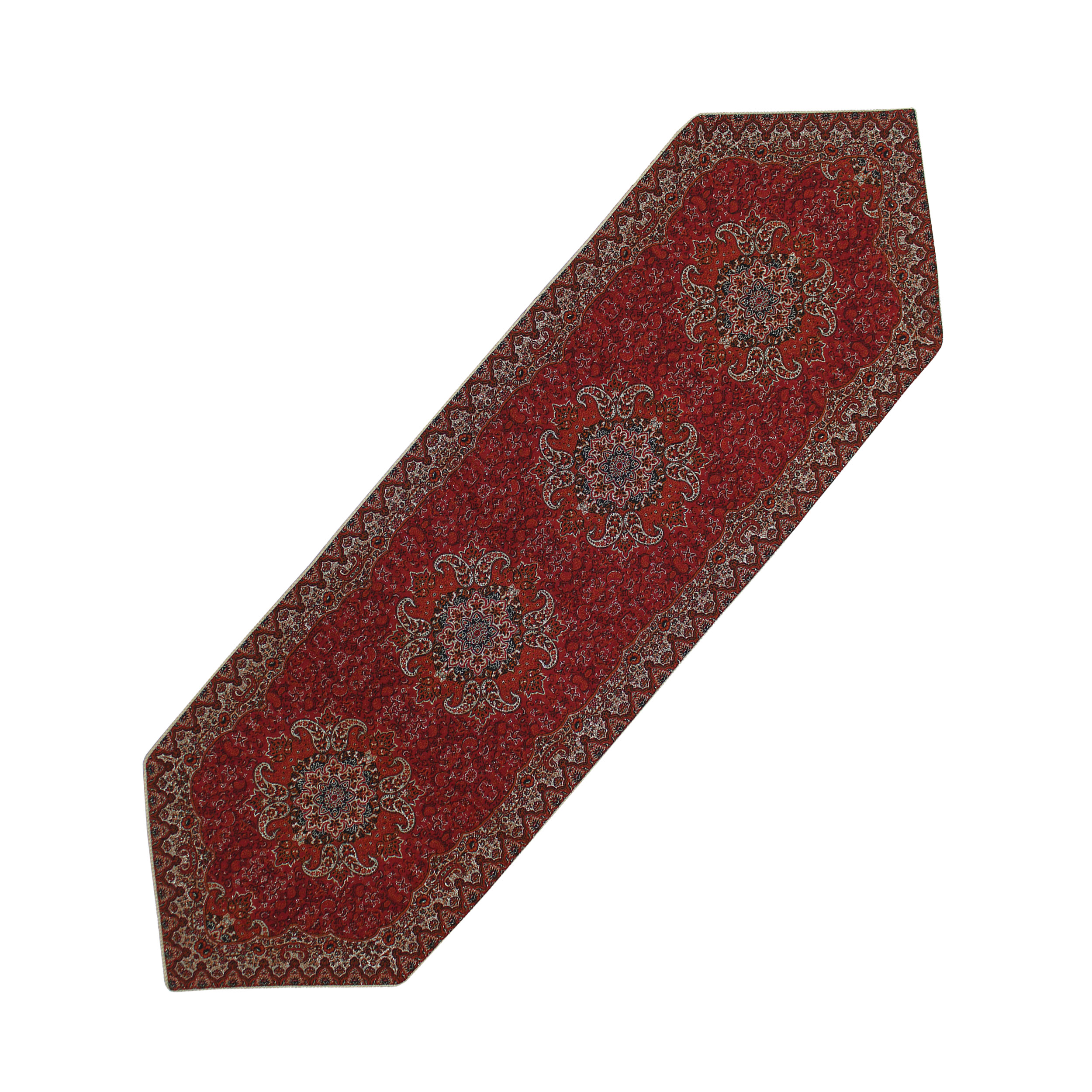
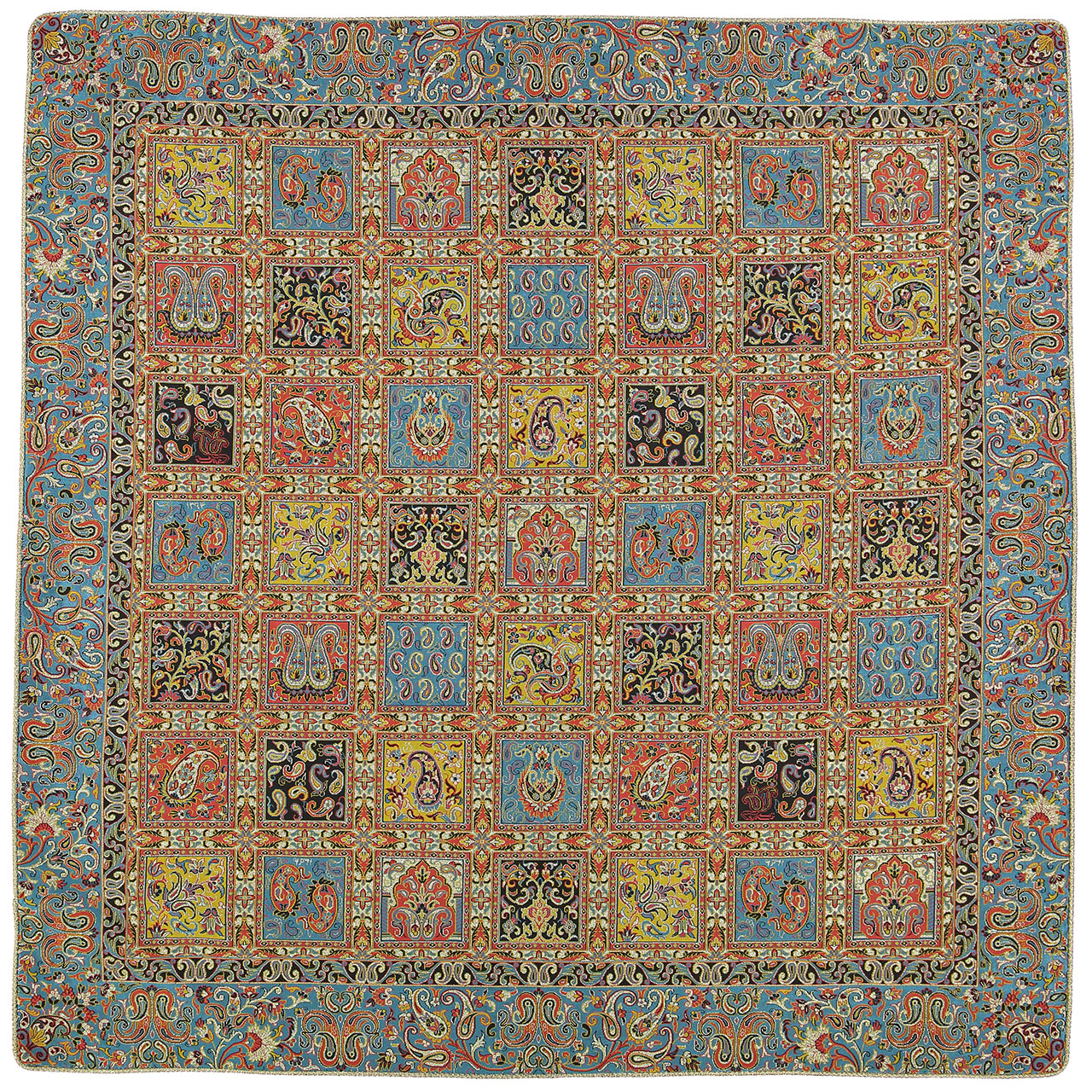
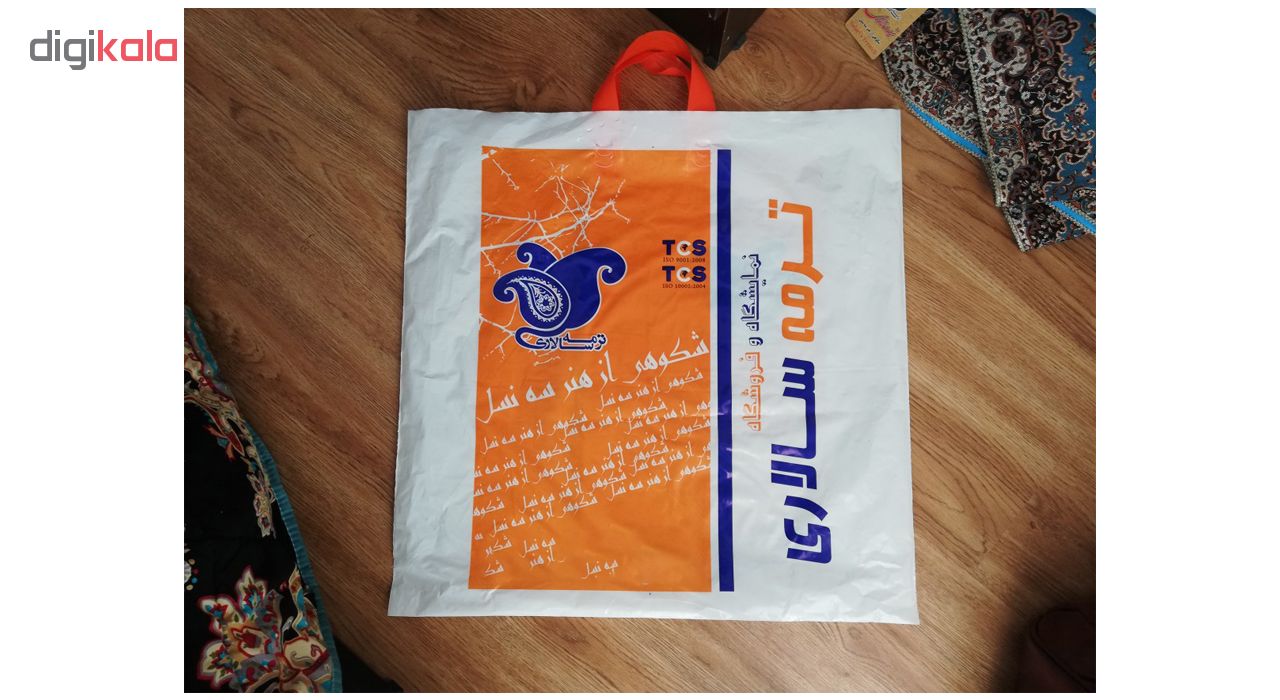
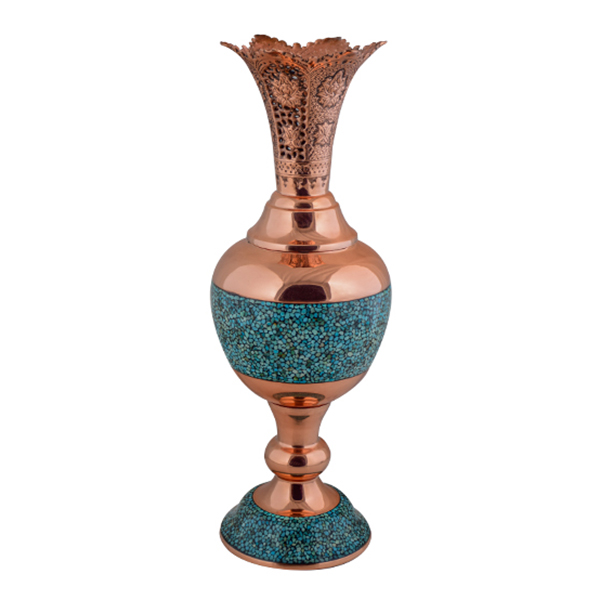
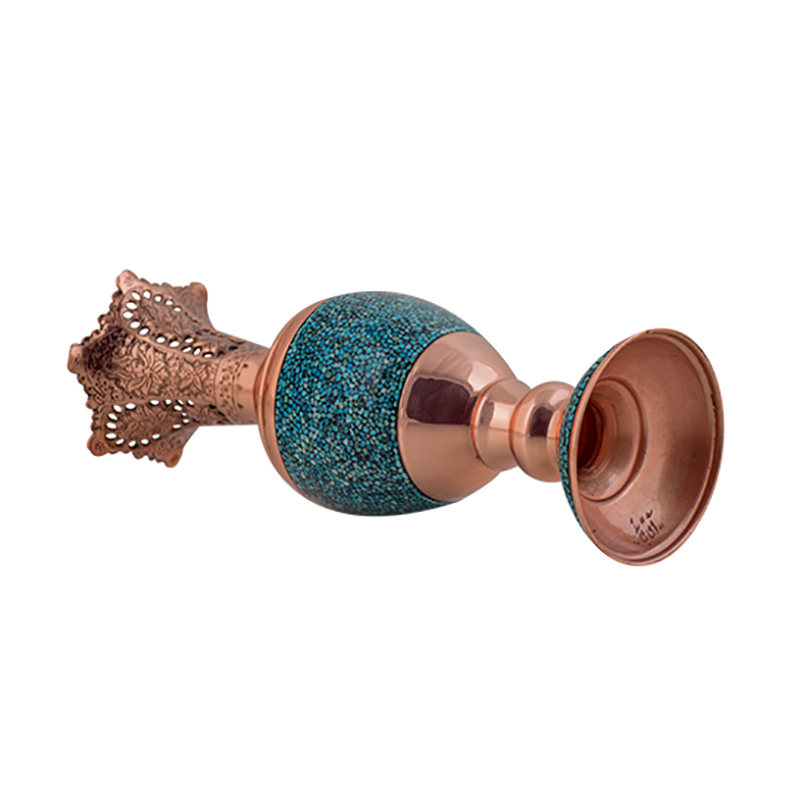
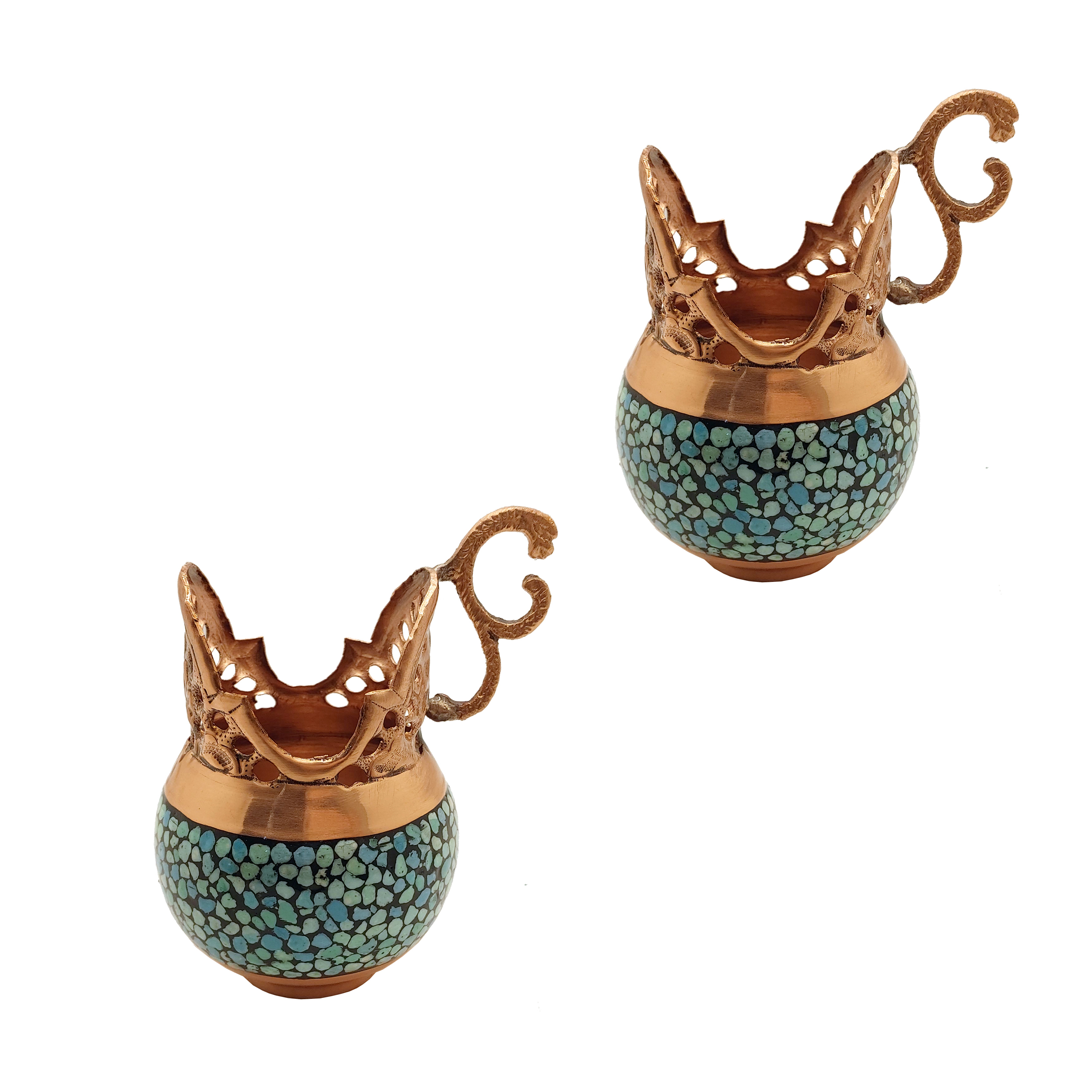
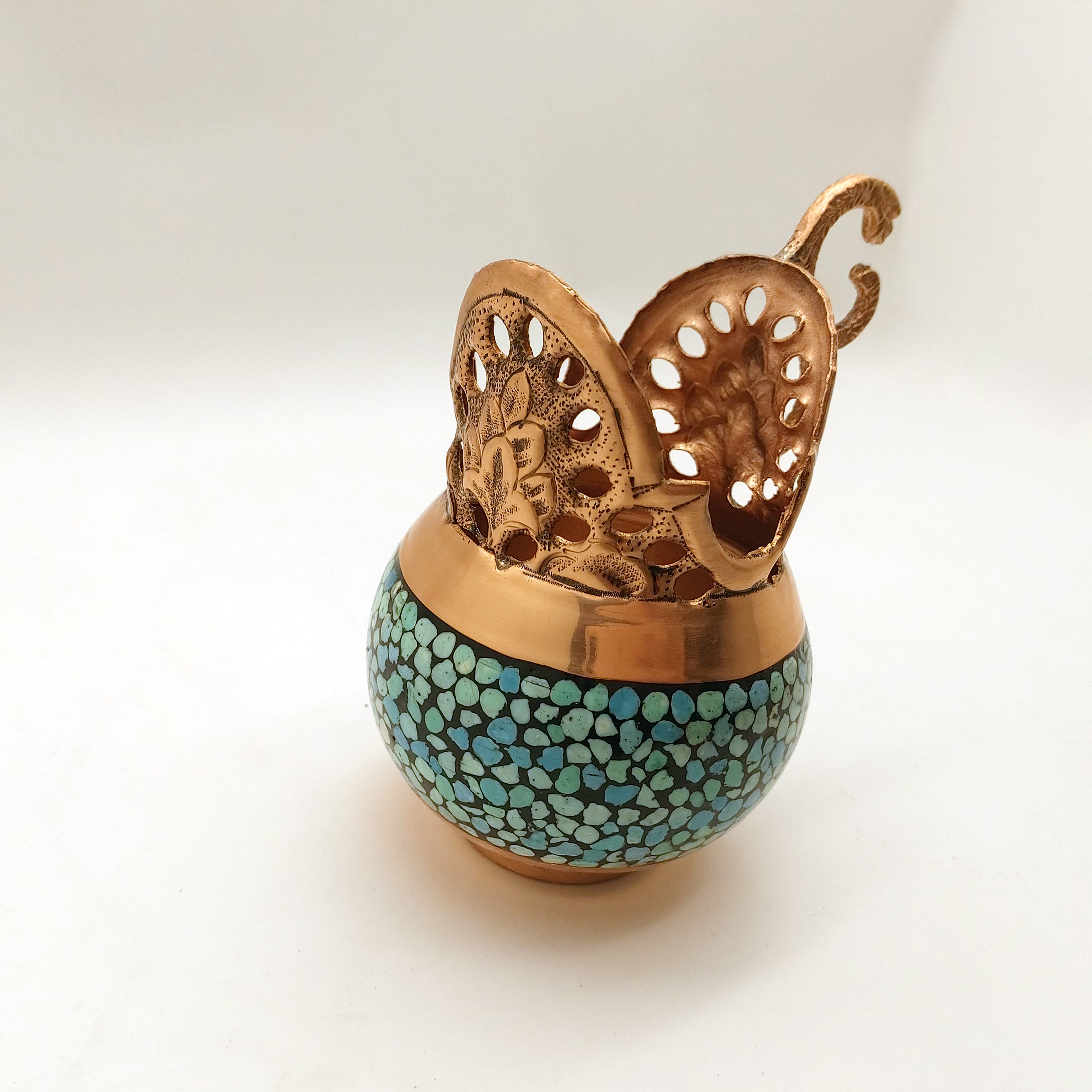
Leave a Comment